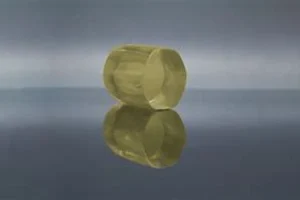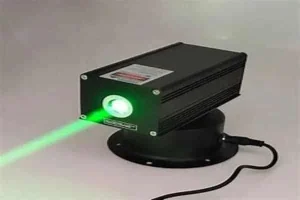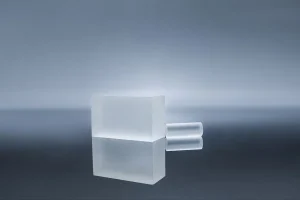Introduction
Beta Barium Borate (BBO) crystals are renowned for their exceptional optical properties. They are widely used in various applications, including laser frequency conversion, electro-optic modulation, and quantum optics. This article aims to answer the top 10 frequently asked questions about BBO crystals.
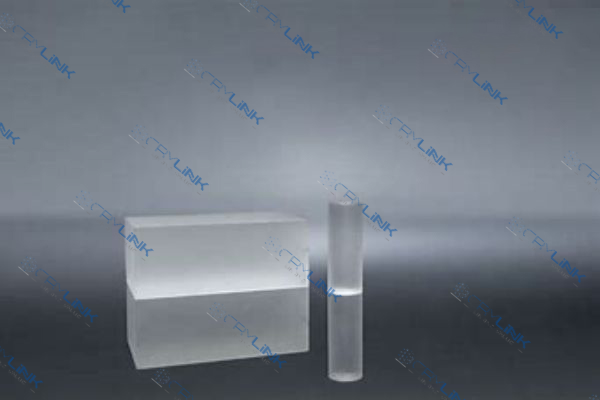
What are BBO Crystals?
Beta-Barium Borate, also known as BBO crystals, are a unique type of nonlinear optical crystal that have gained significant recognition in the field of optics and photonics. These crystals are renowned for their extensive transparency range, which extends from the ultraviolet to the near-infrared spectrum. This broad range of transparency allows BBO crystals to be utilized in a diverse array of applications, including laser frequency conversion, electro-optic modulation, and quantum optics, to name a few.
One of the defining characteristics of BBO crystals is their high damage threshold. This means that they can endure high levels of laser power without experiencing degradation or damage. This property is particularly beneficial in applications that involve high-power lasers or intense light sources, as it ensures the longevity and reliability of the crystal in such demanding conditions.
In addition to their high damage threshold, BBO crystals also exhibit excellent thermal and chemical stability. They can withstand a wide range of temperatures and resist degradation from various chemical interactions. This makes them highly durable and resilient, further enhancing their suitability for challenging optical applications.
Moreover, BBO crystals are also known for their high nonlinear coefficient, which enables them to efficiently convert the frequency of light. This property is critical in many optical systems, as it allows for the manipulation and control of light in ways that would not be possible with linear optical materials.
In conclusion, BBO crystals, with their wide transparency range, high damage threshold, excellent thermal and chemical stability, and high nonlinear coefficient, are an invaluable resource in the field of optics. Their unique properties make them a preferred choice for many demanding and high-precision optical applications.
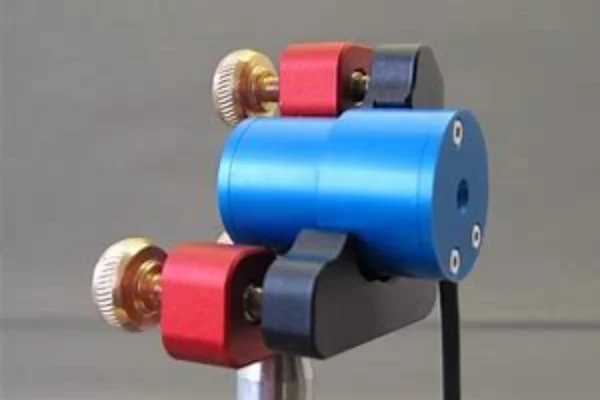
How are BBO Crystals Produced?
The production of Beta-Barium Borate (BBO) crystals is a complex and meticulous process that requires a high level of precision and expertise. This process, known as the flux method, begins with the preparation of a mixture of barium borate and barium fluoride. These raw materials are carefully measured and mixed in precise proportions to ensure the optimal composition of the resulting crystals.
Once the mixture is prepared, it is subjected to intense heat until it melts into a liquid state. This heating process is carefully controlled to ensure that the mixture melts evenly and completely, as any inconsistencies could potentially affect the quality of the resulting crystals.
After the mixture has been fully melted, it is then allowed to cool slowly. This slow cooling process is crucial, as it allows BBO crystals to form gradually from the liquid mixture. The rate of cooling is carefully regulated to promote the growth of large, high-quality crystals.
Once the crystals have formed, they are then carefully extracted from the cooled mixture. This extraction process requires a great deal of care to avoid damaging the newly formed crystals.
After extraction, the BBO crystals are then cut into the desired shapes and sizes. This cutting process is performed with precision instruments to ensure that the crystals are cut accurately and cleanly. Any imperfections in the cutting process could potentially affect the optical properties of the crystals.
Finally, the cut crystals are polished to a smooth finish. This polishing process not only enhances the aesthetic appearance of the crystals but also improves their optical properties by reducing surface imperfections.
In conclusion, the production of BBO crystals is a complex process that requires a high level of precision and expertise. Each step of the process, from the initial preparation of the raw materials to the final polishing of the crystals, is meticulously performed to ensure the production of high-quality BBO crystals that meet the stringent requirements of various optical applications.
What are the Optical Properties of BBO Crystals?
BBO crystals are renowned for their exceptional optical properties. Their wide transparency range allows them to function effectively across a broad spectrum, from ultraviolet to near-infrared light. This makes them incredibly versatile and suitable for a variety of applications. BBO crystals also have a high damage threshold, meaning they can withstand high levels of laser power without suffering damage. This is particularly important in applications involving high-power lasers. Furthermore, BBO crystals have a high nonlinear coefficient, which enables efficient frequency conversion, a critical function in many optical systems.
What are the Applications of BBO Crystals?
BBO crystals are utilized in a wide array of applications due to their exceptional optical properties. They are commonly used in laser systems for frequency conversion, including second, third, and fourth harmonic generation. This allows for the production of laser light at different wavelengths from a single input wavelength. BBO crystals are also used in electro-optic modulation, a technique used to control the phase, polarization, or amplitude of a light beam. Additionally, they find use in optical parametric oscillation, a process that generates two output waves from one input wave, and quantum optics, a field that explores the quantum interactions of light and matter.
How to Handle and Store BBO Crystals?
BBO crystals are delicate and require careful handling to prevent damage to their surfaces. They should be handled with clean, lint-free gloves to avoid scratching or contaminating their surfaces. When not in use, BBO crystals should be stored in a cool, dry place away from direct sunlight, as prolonged exposure to heat and light can degrade their optical properties. Regular cleaning of BBO crystals is also recommended to maintain their optical performance. This can be done using a soft cloth or lens tissue moistened with a mild solvent, such as isopropyl alcohol.

What Factors Affect the Performance of BBO Crystals?
The performance of BBO crystals can be influenced by several factors. The quality of the crystal itself is paramount, as defects or impurities can degrade its optical properties. The temperature at which the crystal operates can also affect its performance, as changes in temperature can cause thermal expansion or contraction, potentially altering the crystal’s optical properties. The wavelength of the light used and the angle at which it enters the crystal can also impact the crystal’s performance. Proper alignment and handling of the crystal are crucial to achieving optimal performance.
How to Clean BBO Crystals?
Cleaning BBO crystals is a delicate process that requires care to avoid damaging the crystal’s surface. A soft cloth or lens tissue moistened with a mild solvent, such as isopropyl alcohol, can be used to gently wipe the surface of the crystal. It’s important to avoid using abrasive materials or strong solvents, as these can scratch or otherwise damage the crystal’s surface. Regular cleaning can help maintain the crystal’s optical performance and prolong its lifespan.
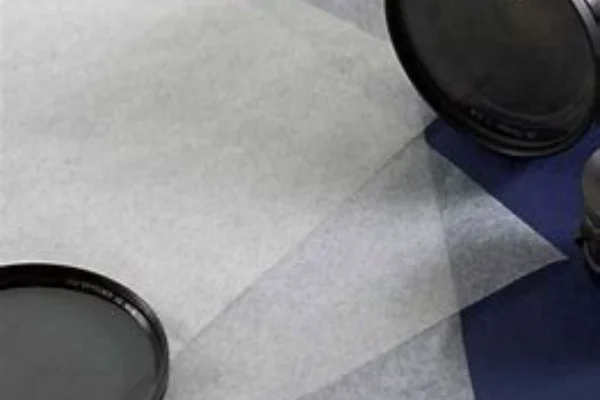
Can BBO Crystals be Customized?
Yes, BBO crystals can be customized to meet specific requirements. This includes custom sizes, shapes, and coatings. Custom sizes and shapes can be cut to fit specific optical systems, while custom coatings can be applied to enhance the crystal’s performance in certain applications. For example, anti-reflective coatings can be applied to reduce light loss due to reflection, while protective coatings can be used to increase the crystal’s resistance to environmental factors. Customization allows for optimal performance in specific applications.
What is the Lifespan of BBO Crystals?
The lifespan of BBO crystals can vary greatly depending on several factors. These include how the crystals are used, how they are handled, and the conditions in which they are stored. With proper care and maintenance, BBO crystals can last for many years. Regular cleaning and proper storage can help prolong the lifespan of the crystals. Additionally, using the crystals within their specified operating parameters can also help prevent premature degradation.

Where to Buy BBO Crystals?
BBO crystals can be purchased from a variety of suppliers worldwide. When choosing a supplier, it’s important to consider factors such as the quality of the crystals, the supplier’s reputation, and the level of customer service provided. High-quality crystals will have fewer defects and deliver better performance, while a reputable supplier will stand behind their products and offer support when needed. Good customer service can also make the purchasing process smoother and more enjoyable.
Conclusion
BBO crystals are a vital component in many optical applications due to their exceptional properties. Understanding their production, properties, handling, and usage can help users optimize their performance and lifespan. Whether you’re a researcher, a laser system designer, or an enthusiast, we hope this article has answered your questions about BBO crystals.
FAQs
- What are BBO Crystals?
BBO crystals are a type of nonlinear optical crystal known for their wide transparency range, high damage threshold, and excellent thermal and chemical stability. - How are BBO Crystals Produced?
BBO crystals are produced using the flux method, which involves melting a mixture of barium borate and barium fluoride and slowly cooling it to form crystals. - What are the Applications of BBO Crystals?
BBO crystals are used in various applications, including laser frequency conversion, electro-optic modulation, and quantum optics. - How to Handle and Store BBO Crystals?
BBO crystals should be handled with care, stored in a dry, cool place, and kept away from direct sunlight. Regular cleaning is also recommended. - Can BBO Crystals be Customized?
Yes, BBO crystals can be customized to meet specific requirements, including custom sizes, shapes, and coatings.


